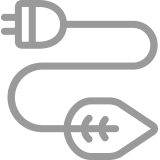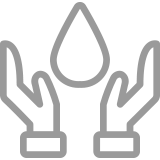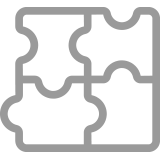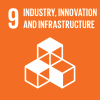Spaggiari
Environmental Thesis
European paper production is responsible for 360TWh of energy consumption, equivalent to 2% of all primary energy use in Europe. The paper industry also consumes 50 million tons of raw material and 3,400 million m3 of water every year.
While paper consumption in Europe is declining, it is still very high. It is estimated that primary and secondary schools are responsible for 5- 10% of the graphic paper use in Europe, or 1.4 million tons, which corresponds to an average of 19 kg of paper used per student every year.
Italy is at the forefront of dematerialization and digitalization of schools, with paper use decreasing by 15% over the past 10 years (corresponding to 25 thousand tons of paper, a reduction equivalent to all yearly copies printed by the largest Italian newspaper). A key contributor to such reduction was Spaggiari, thanks to its market leading Digital School software suite.
Business
Founded in 1926 and based in Parma (Italy), Spaggiari is a developer of a software suite (“Digital School”) that allows schools to dematerialize and digitalize their daily activities, communications and back-office processes. Digital School covers a wide spectrum of activities within the schools’ ecosystem, including electronic school registers, communications with parents, digital tools to support e-learning, school management software and other back-office solutions.
Digital School serves c. 6,000 schools in Italy, addressing an ecosystem of more than 600,000 teachers, 250,000 education personnel, 5+ million students and 7+ million parents. Spaggiari’s digital properties are visited by 4 million unique users / month and 2.5 million unique users / day, making its website among the top 10 most visited in Italy, and among the most visited in the education sector. In addition to Digital School, Spaggiari’s offering is complemented with training and consultancy services tailored for schools’ principal and personnel and distribution of a wide assortment of products for schools and students.
Environmental Impact
Ambienta only invests in businesses which have a positive impact on the environment through either, or both, a Resource Efficiency or Pollution Control contribution. Our proprietary methodology, the Environmental Impact Analysis, allow us to measure the contribution of different businesses to sustainability in terms of Resource Efficiency and Pollution Control which we capture through 11 Environmental Metrics.
For each portfolio company we report its impact in relation to our metrics.
Resource Efficiency
Spaggiari’s contribution to Resource Efficiency is summarized by the following Environmental Metrics:

Energy Saved

Water Saved

Materials Saved
Pollution Control
Spaggiari’s contribution to Pollution Control is summarized by the following Environmental Metrics:

CO2 Emissions Reduced
Sustainable Development Goals
Our Methodology and Metrics are fully aligned with the UN Sustainable Development Goals adopted in 2015. Through our investment scope definition that focuses on products and services that improve Resource Efficiency and Pollution Control we fully capture 10 of the 17 Goals and their respective sub-goals.
For each portfolio company we report its impact in relation to the SDGs.



